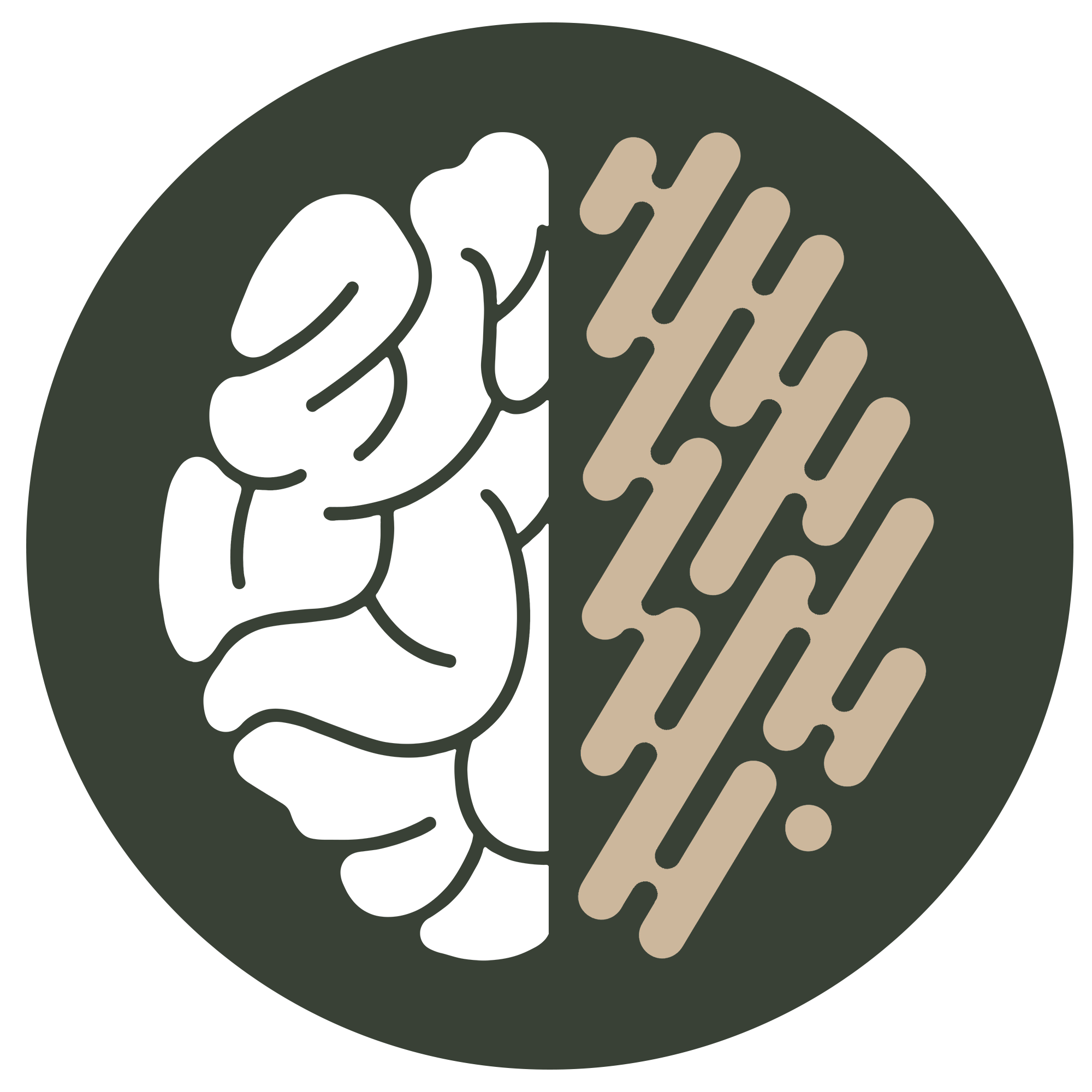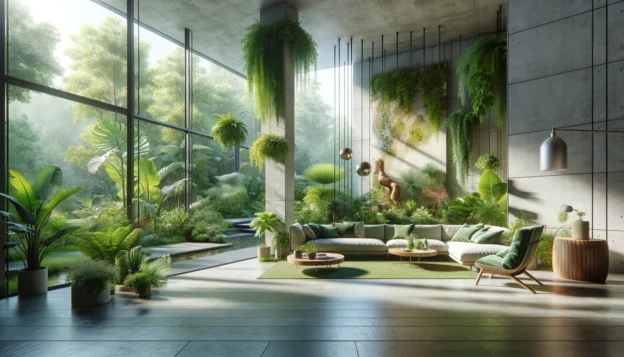What is Biophilic Design?
The term biophilia, coined by psychologist Erich Fromm and popularised by biologist Edward O. Wilson in the 1980s, means “the urge to affiliate with other forms of life.” Originating from Greek, it translates literally to “love of life.” In design, biophilia refers to architecture and urban planning that integrates nature to enhance and improve well-being. In the contemporary discourse on environmental sustainability and architectural innovation, biophilic design has emerged as a beacon of holistic integration. Aiming to reconnect human spaces with the natural world.
Within this blog we explore the connection between neurodiversity and biophilic design and how inclusive workplace design with nature-inspired elements can enhance employee well being and productivity.
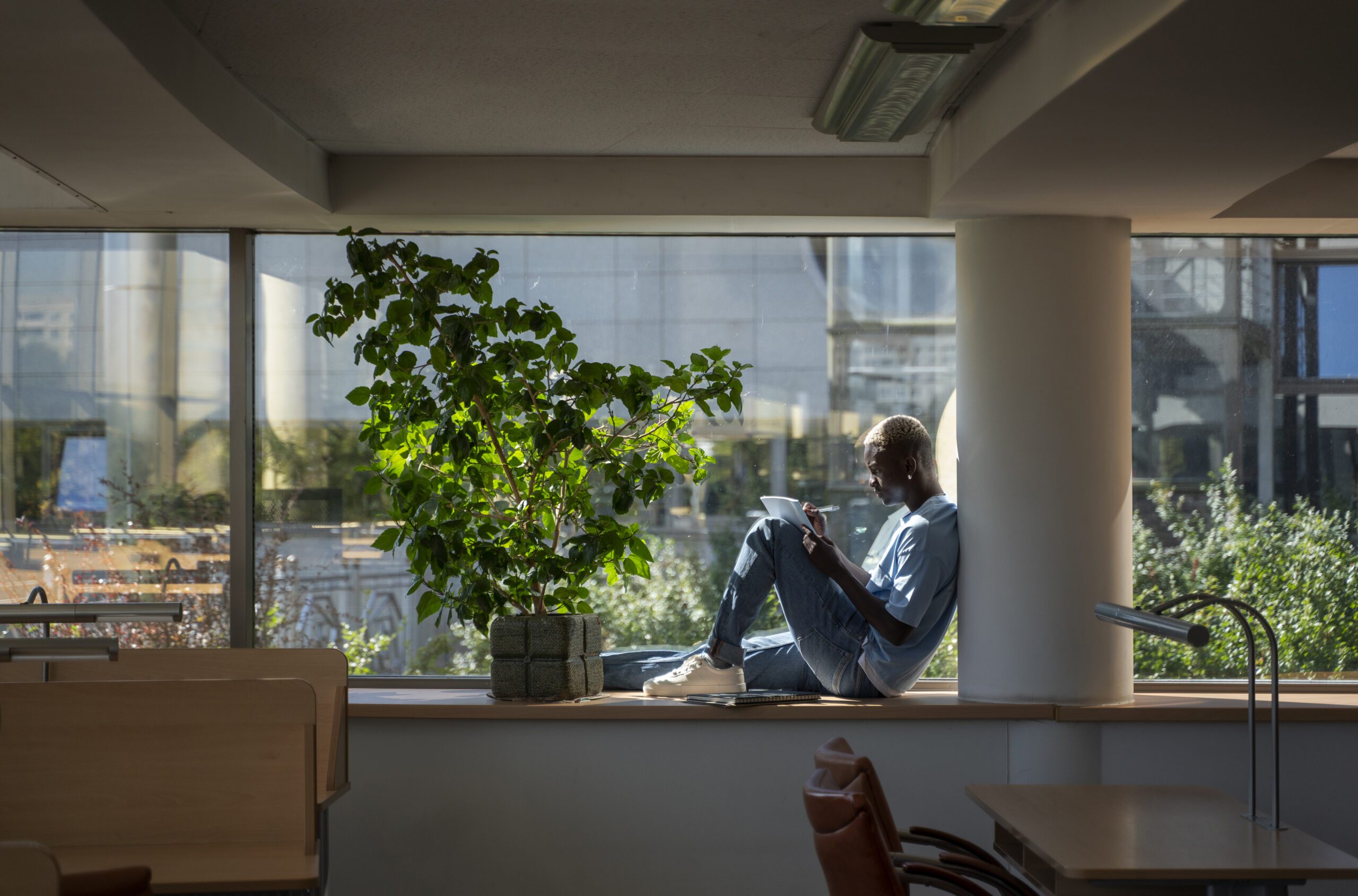
How Does Biophilic Design Impact Neurodivergent Individuals in the Workplace?
This philosophy, which brings outdoor elements indoors, not only revitalises our physical environments but also parallels the principles of neurodiversity in the workplace. Research indicates that over 90% of people imagine themselves in a natural setting when asked to think of a place where they feel relaxed and calm. Neurodivergent individuals, in particular, benefit emotionally and socially from exposure to nature.
Just as maintaining the vitality of green elements within biophilic designs is an ongoing challenge, so is nurturing the diverse spectrum of human minds in professional environments. Nature’s inherent dynamism—with seasons changing, plants growing, and ecosystems evolving—mirrors the fluidity and expansiveness of neurodivergent individuals. Both realms require a departure from static norms to truly flourish.
The essence of biophilic design lies in its adaptability. Creating spaces that evolve with the natural rhythms of growth and decay. This adaptability is equally critical when fostering an inclusive workplace for neurodivergent individuals. Static architectural and organisational norms fall short in accommodating the rich array of cognitive operating systems. Like the ecosystems embraced by biophilic design, neurodiverse teams thrive in environments that are flexible, responsive, and open to evolution.
In densely populated urban settings, where space is at a premium, biophilic design innovates to introduce natural elements without sacrificing valuable real estate. This mirrors the challenge of embedding neurodiversity support and initiatives within existing organisational structures. Innovations such as vertical gardens and rooftop green spaces parallel strategies like flexible work arrangements, support without the requirement of disclosure, and tailored situational solutions.
How Can Workspaces Implement Biophilic Design?
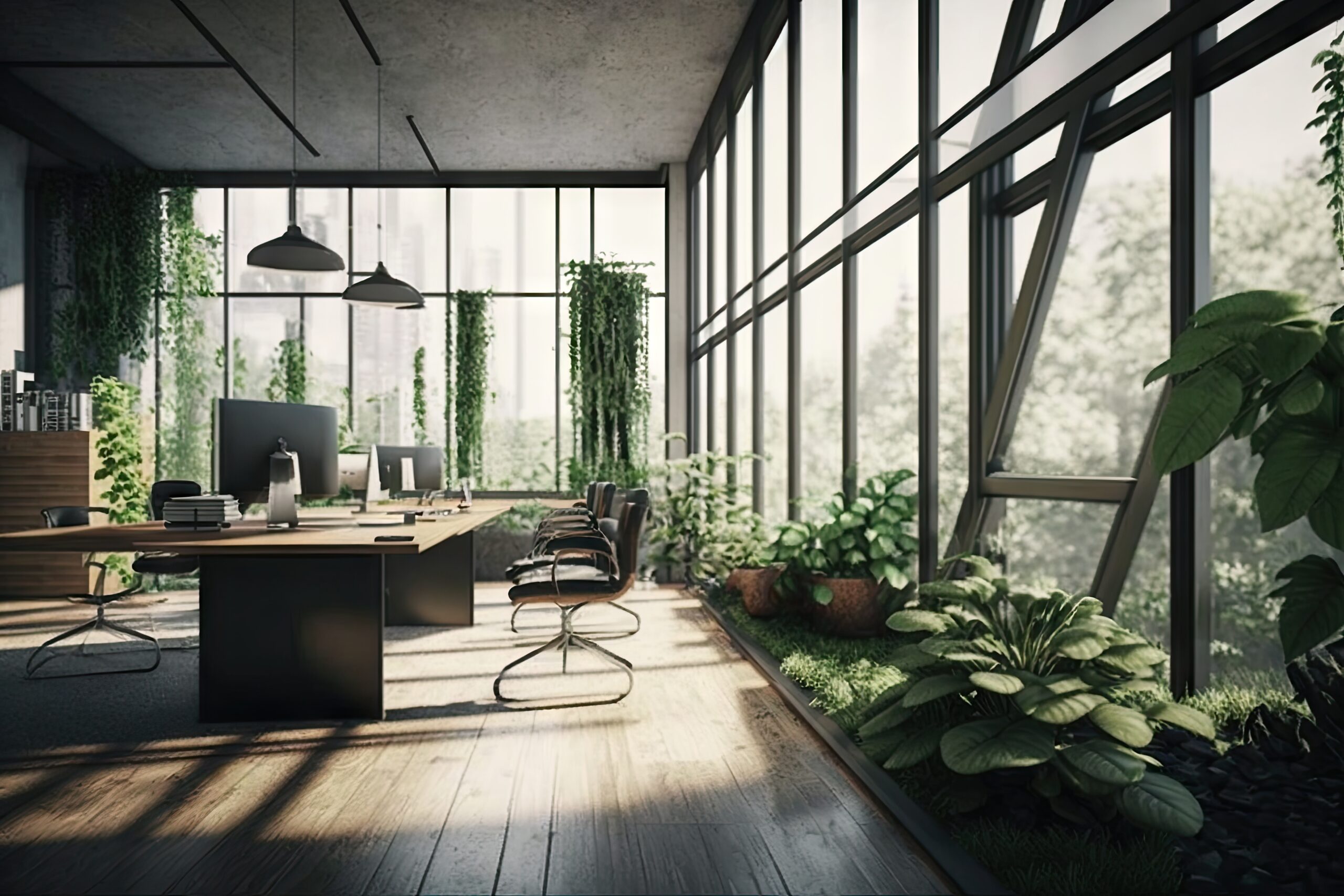
Natural Experiences
Direct experiences of nature can happen through sensory connections: things we see, hear, touch, smell, or taste. Natural building elements such as water, plants, or animals, natural lighting, and thermal and airflow variability can foster these experiences. Research shows that plants are the top choice for decorative elements in quiet spaces for neurodivergent individuals. Natural lighting reduces reliance on intense artificial lighting, which can create challenges for people with sensory differences. High-level windows that avoid glare and silhouetting are recommended.
Symbolic and Metaphorical References
Symbolic and metaphorical references to nature can be created by copying patterns, materials, and forms. Natural patterns can minimise visual discomfort for people who are hypersensitive. In contrast, neurodivergent individuals can become overstimulated by tessellated forms, bars, stripes, and perforated materials typically found in modern artificial environments.
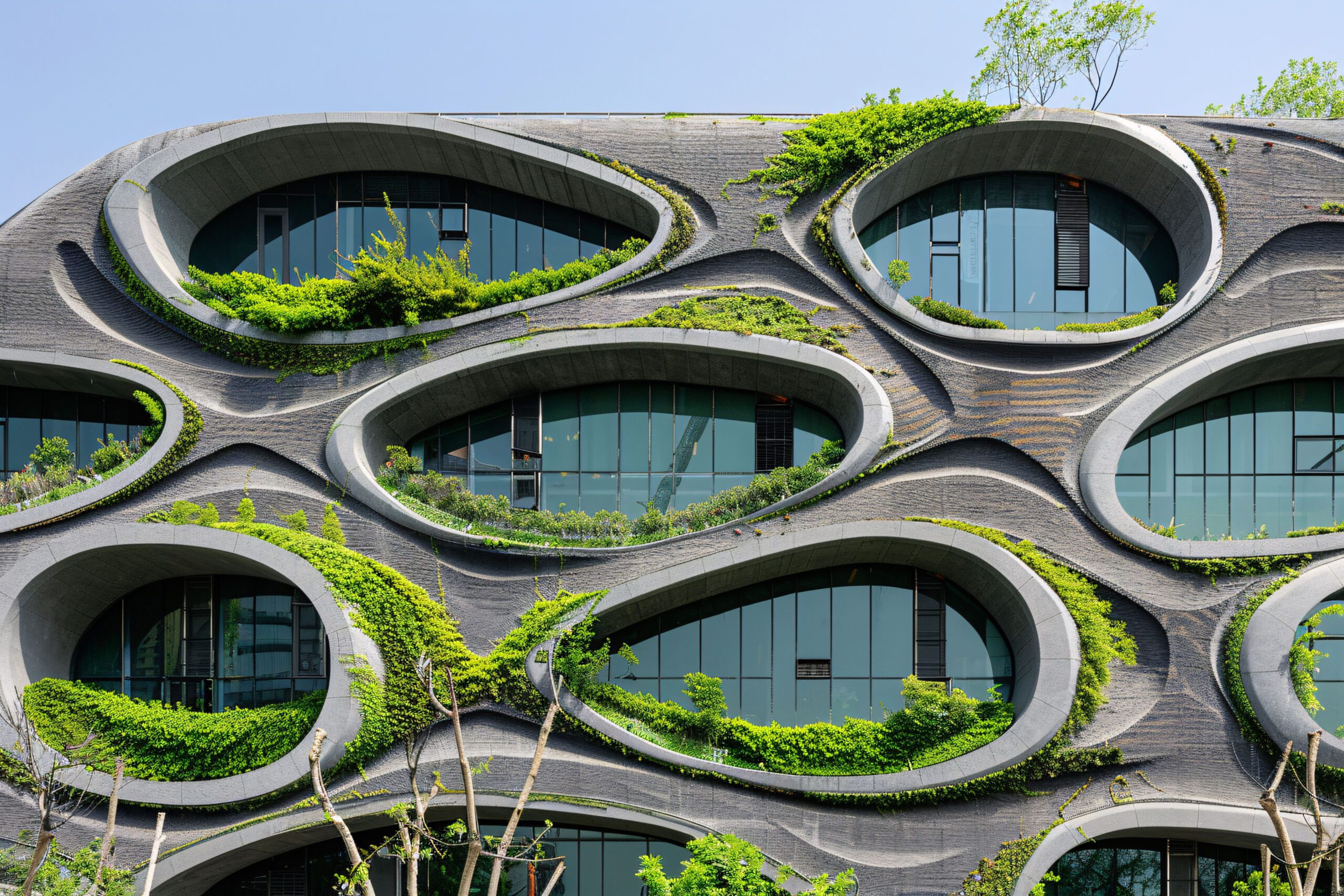
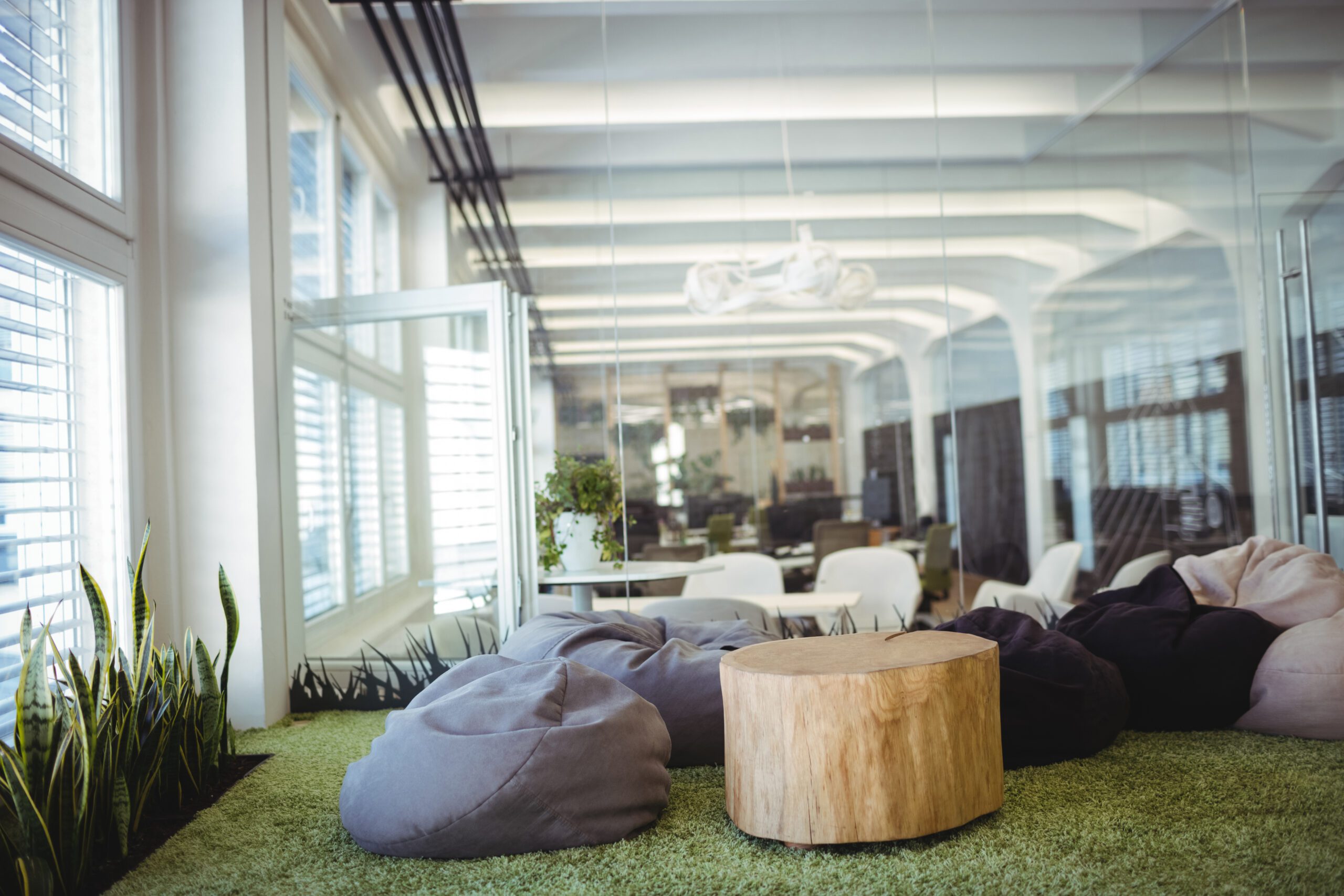
Natural Spaces
Built environments can be designed to create experiences similar to those found in nature. This means reflecting the potential for transitional spaces, refuge, and spatial organisation encountered in nature. Neurodivergent people benefit from retreat spaces such as small corners, terraces, and calm rooms next to main spaces.
Conclusion
The movement toward environmental consciousness and the addition of biophilic elements is not just about reshaping our physical surroundings. But about rethinking our relationship with the natural world and its impact on productivity, efficiency, and well-being. Similarly, advancing neurodiversity support and awareness in the workplace is not solely about making accommodations but about fundamentally rethinking our perceptions of the value in the natural diversity of thought.
Recognising the connection between neurodiversity and biophilic design could be imperative to ensuring that neurodiverse employees feel comfortable and safe within the workspace.
As we navigate these challenges, they transform from obstacles into stepping stones toward a more inclusive, dynamic, and sustainable future. The journey involves reshaping not only our physical environments but also our cultural landscapes, one green space and one neurodivergent talent at a time.
The principles of biophilic design and neurodiversity are intrinsically linked by the shared values of growth, adaptability, and sustainability. By embracing these principles, we cultivate spaces—both environmental and organisational—that thrive on diversity and innovation, fostering a healthier planet and a more inclusive society
